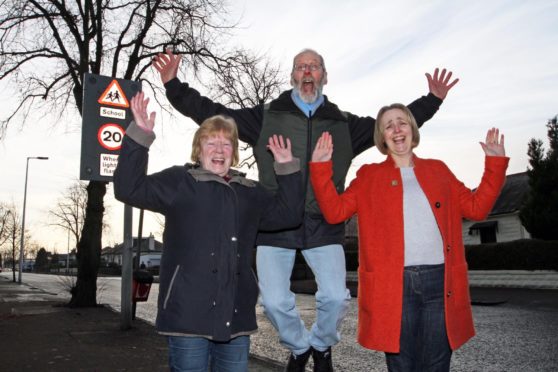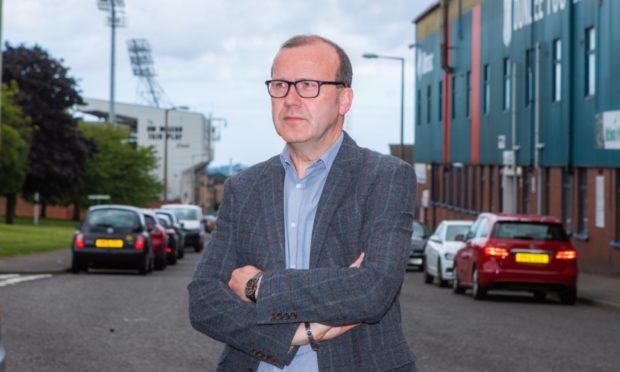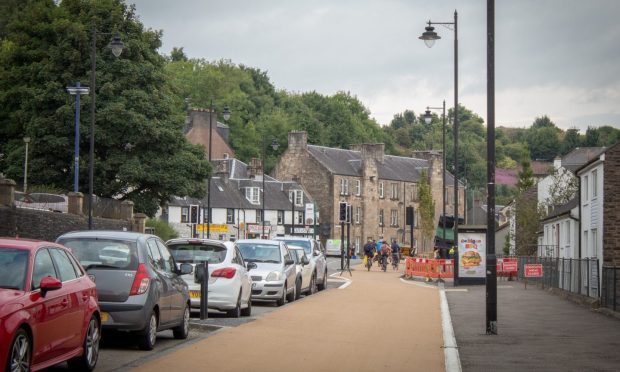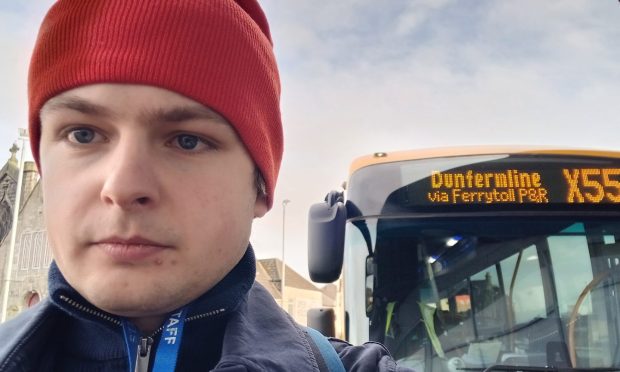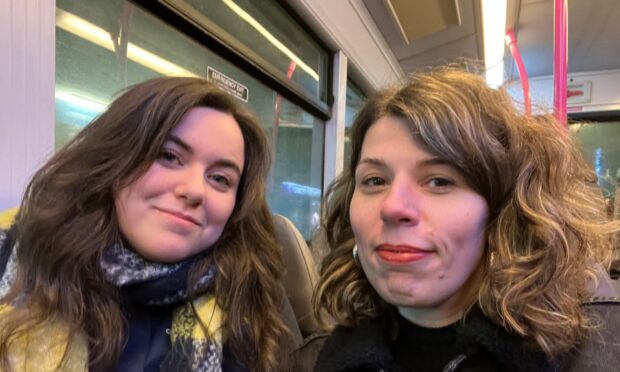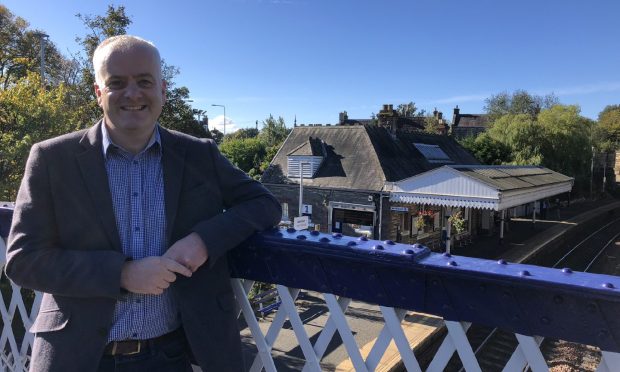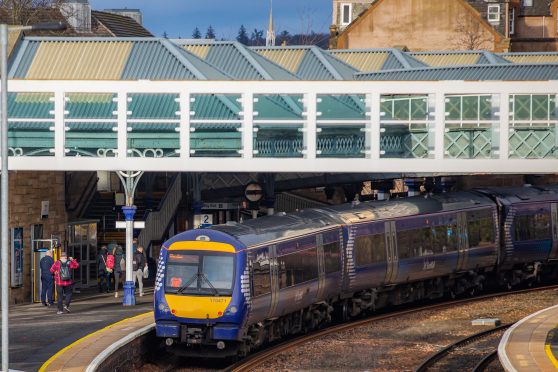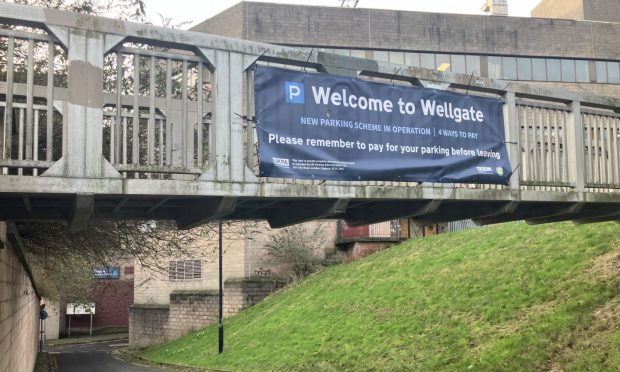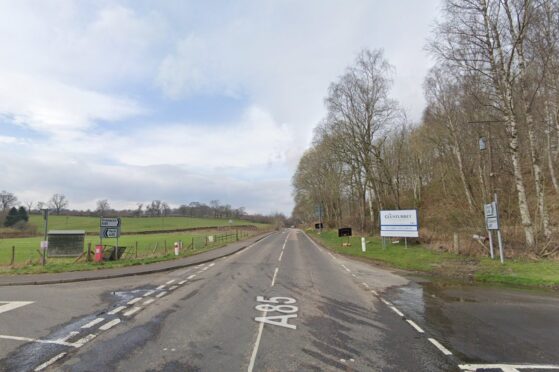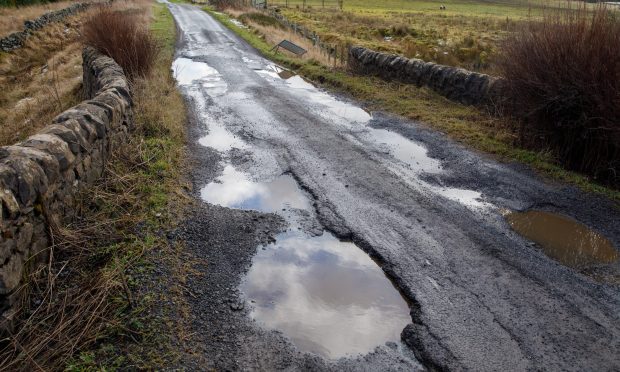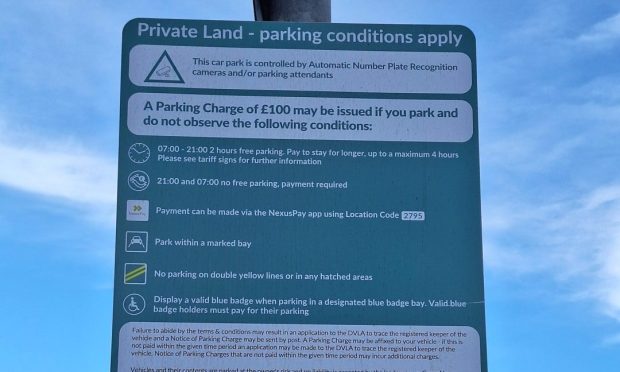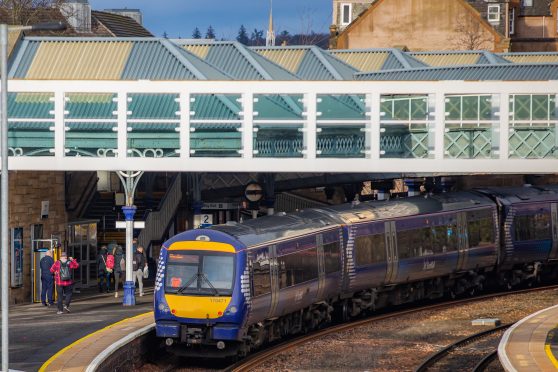More 20mph zones across could be on the horizon in Dundee after a study found the widespread introduction of slower driving speeds elsewhere has led to fewer accidents.
Councillor Mark Flynn, Dundee City Council’s city development convener, has said the council are “preparing a programme” to roll out more 20mph zones after the success of those introduced during lockdown.
Specific locations have yet to be disclosed.
The announcement comes after a study found the widespread adoption of 20mph on residential roads has resulted in fewer accidents in Edinburgh, according to researchers from universities in St Andrews, Edinburgh, East Anglia and Cambridge.
The monthly average of road traffic collisions in the capital fell to 64 in 2018 from 165 in 1997.
The study led to West End councillor Fraser Macpherson to call on the local authority to create a greater rollout of the scheme in the city.
Lower speed limits were adopted in streets including Magdalen Yard Road and Strawberry Bank last year after a successful Spaces for People bid by the council.
Mr Macpherson said: “These research findings about zones in Edinburgh is proof that a 20mph rollout has resulted in significantly fewer accidents.
“Edinburgh Council has led the way introducing 20mph zones over wide areas of residential streets and Dundee should not be behind the curve on this.”
‘A crash at 30mph has twice the destructive potential’
National road safety charity Brake highlighted the greater safety of slower cars on city streets.
Joshua Harris, director of campaigns with Brake, said: “20mph is the right speed limit for roads in busy areas, where people may be walking or cycling in close proximity to motor traffic.
“A crash at 30mph has twice the energy and destructive potential of a crash at 20mph.
“As in Dundee, more and more communities across Scotland and the whole UK are adopting 20mph limits but we want to see them be made the national default so that they become the norm, not the exception.
“Every road death and serious injury is a preventable tragedy and one which can devastate individuals, families and whole communities.”
Johnston Avenue
Residents of a Coldside road fought for years to have a 20mph limit adopted on their street.
Ann Kelly and Lesley Connelly were among the campaigners who fought grater road safety at Johnston Avenue.
Both said they would welcome a greater rollout of the scheme elsewhere in the city after seeing some positives since it was implemented on their street in 2018.
In a joint statement, they said: “It hasn’t completely solved the problem of speeding, but it has helped a bit.
“There are always going to be some bad drivers, but if 20mph becomes the norm then that will help with general driver behaviour.”
Fellow Johnston Avenue resident Duncan Sillars said the scheme is great in principle, but enforcement remains an issue.
He said: “There was a difference when the scheme was first implemented, but I feel the problem has creeped back up to how it was since then.
“It would be good if 20 was everywhere as I’m sure that would make more drivers take it seriously.”
A 20 minute city
Urban design expert Dr Husam Al Wear works to promote the “20 minute city” concept, which sees a city arranged so residents can access essential services quickly without relying heavily on cars.
The idea is that this in turn promotes local business and community spirit as more, smaller high streets are created.
Examples of this concept in Dundee include Perth Road, Broughty Ferry, Albert Street and Lochee High Street, but some of them need to be better supported in order to thrive, Dr Al Wear said.
The Dundee University reader in sustainable urban design feels 20mph zones is one way to help achieve this, but must work in tandem with other tactics.
He said: “The 20mph zones are just one of many tools to achieve a 20 minute city, which is something I am passionate about promoting.
“A 20 minute city can really provide a boost to small and local businesses as well as creating a community feeling. These places become more desirable to live in.
“Reducing car speed alone is not the solution, however. We need to be careful where it is done so we don’t create a problem elsewhere, such as if reducing the speed in one place means drivers all travel via other streets and cause issues there.”
‘Preparing a programme for further 20mph zones’
Mr Flynn said: “I believe it is always important to consider the available evidence when setting council policy and making changes to our built environment that affect everyone in our communities.
“A public consultation carried out in 2015 supported the introduction of 20mph zones in residential areas using a signage only strategy without extensive traffic calming measures.
“There are a number of 20mph zones in Dundee and in addition to new developments which will feature 20mph roads, the council is also preparing a programme for further zones to be introduced following the positive reception of the those implemented in four areas of the city during 2020.
“One of the most important things about city leadership is to bring everyone along with proposed changes by helping to explain the benefits, as well as the disadvantages.
“Ensuring that we consider the needs of all sections of our communities when moving towards changes will help us to deliver a strong and sustainable city economy, create a community which is healthy, safe, confident, educated and empowered and bring forward a vibrant and attractive city with an excellent quality of life where people choose to live, learn, work and visit.”
